F. Maurice Clarke – New Zealand Commercial Aviation Pioneer

Maurice Clarke will largely be remembered as the New Zealand National Airways Corporation’s first General Manager. However, his earlier achievements in the development of New Zealand commercial aviation are equally important.
Detailed records of Clarke’s day-to-day management of not one but three airlines (Union Airways, Tasman Empire Airways and National Airways Corporation) and significant initiatives undertaken in an environment of often political controversy are held in the Walsh Memorial Library, at Auckland’s Museum of Transport & Technology (MOTAT).
Whilst it is not the intention of this article to provide a detailed history of Clarke’s career, the following is provided as a possible basis for further research, based on the library’s records.
Early Efforts in New Zealand Commercial Aviation
Clarke’s involvement with aviation began as a pilot with the Canterbury Aviation Company in 1918. In 1929 together with well-known pilot Mac MacGregor he formed the original Air Travel Ltd. Using a leased De Havilland DH50 aeroplane from the New Zealand Permanent Air Force the pair introduced the first scheduled commercial landplane service in New Zealand, offering a tri-weekly service between Christchurch and Dunedin.
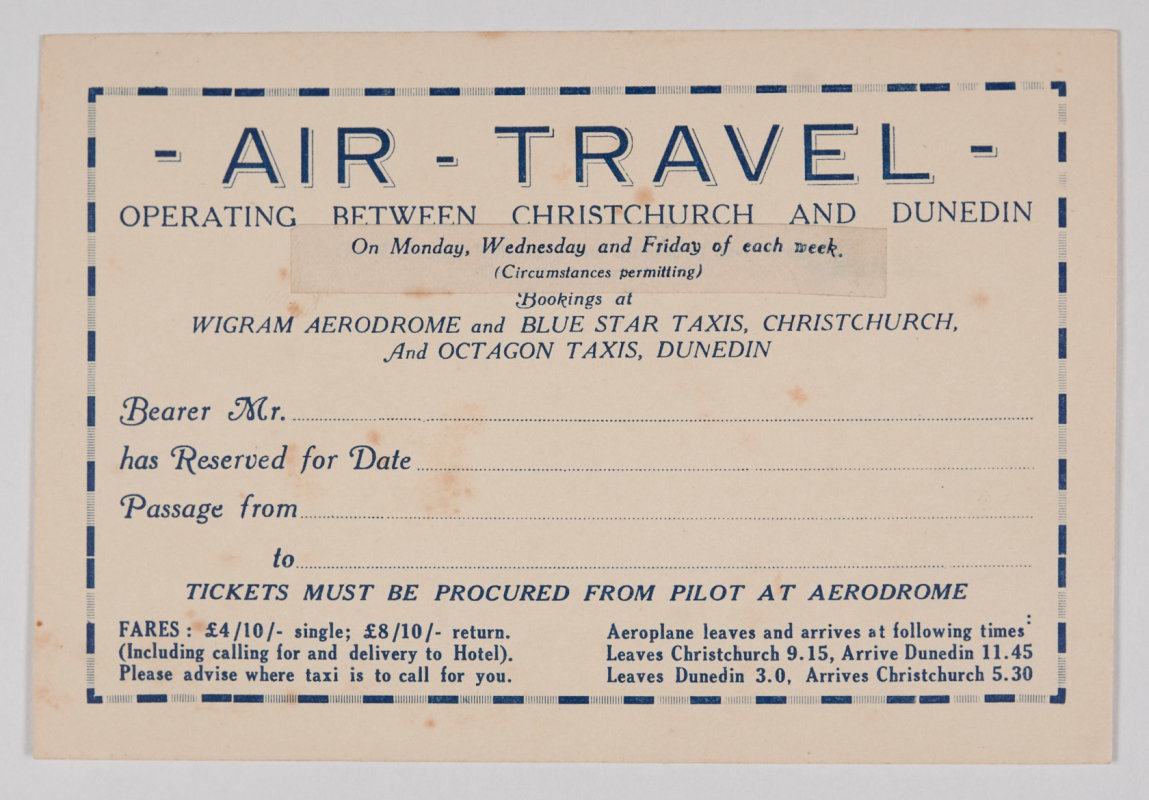
In 1935 he was appointed to be Technical Advisor on aviation matters to the Union
Steamship Company. The following year after Union Airways of New Zealand Limited had commenced operations he was appointed Manager and subsequently General Manager of what was the original main trunk airline of New Zealand.
During the period until 1946 the Union Steamship Company, representing the New Zealand
government, participated in negotiations with Qantas Airways Australia and Imperial Airways of the United Kingdom in a three-way shareholding to form Tasman Empire Airways Ltd and inaugurate a trans-Tasman air service.
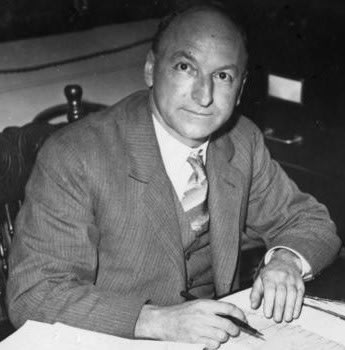
Clarke was appointed General Manager of Tasman Empire Airways (TEAL) and in 1938 travelled to England to complete the organising of the Company including the employment of pilots and engineers and the purchase of aircraft spares and materials. Three Short S.30 flying boats incorporating design modifications deemed necessary for the trans-Tasman service were ordered.
The company achieved financial success and maintained important communications between New Zealand and Australia during the six years that Union Airways were Managing Agents and Clarke was General Manager.
New Zealand National Airways Corporation
The New Zealand National Airways Corporation operated air services throughout New
Zealand and, initially, the Pacific Islands from 1947 to 1978. From early beginnings utilising a collection of obsolete and a few (for the day) modern aircraft and carrying 81,000 passengers, the Corporation grew to be an efficient, all-jet powered airline, carrying, in its final year of operation, over two million passengers.
The early years of NAC presented a huge challenge to achieve a profitable operation based
on providing a public utility over an ever-increasing route network with a diverse range of aircraft. Airport facilities and in particular airways navigational services were also in their infancy, the short-comings of which were to prove problematic.
As NAC’s first General Manager, Maurice Clarke was given the responsibility of translating an Act of Parliament into a successful organisation charged with ‘meeting the air service needs of the people of New Zealand’.
Readers will no doubt be aware of the merger of NAC with our international carrier, Air New
Zealand in 1978. Perhaps less well known is that NAC was itself formed in 1947 by the merger of four airlines serving a diverse range of domestic routes throughout New Zealand.
The first four air service licences issued by the Transport Co-ordination Board in 1934 were:
East Coast Airways Ltd of Gisborne to operate services on the East Coast of the North Island (taken over by Union Airways in 1938)
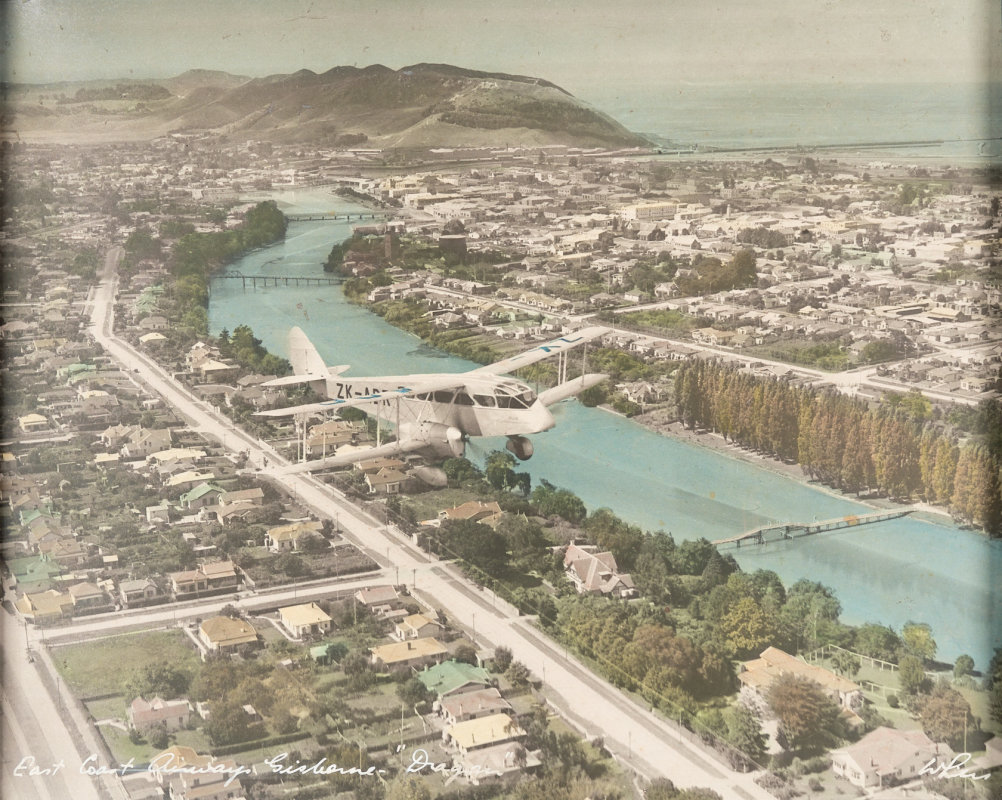
Air Travel (NZ) Ltd of Hokitika to operate services on the West Coast of the South Island
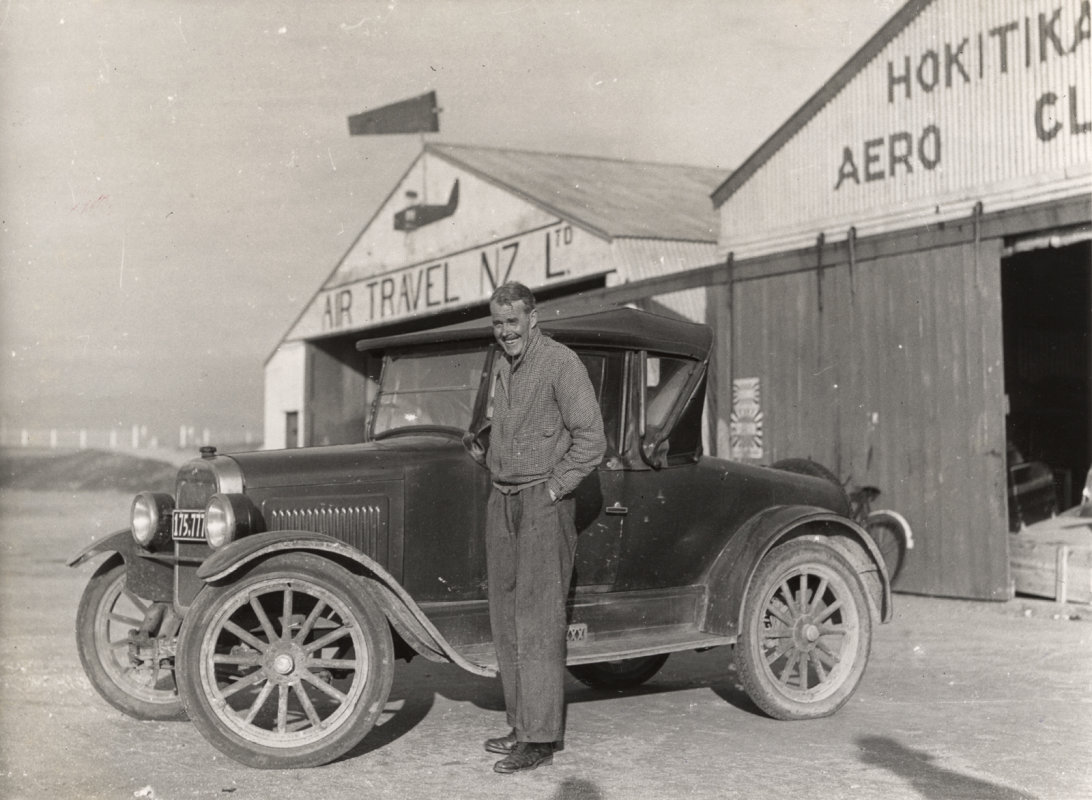
Followed by Cook Strait Airways Ltd of Nelson, operating between Nelson, Wellington and Blenheim in 1935
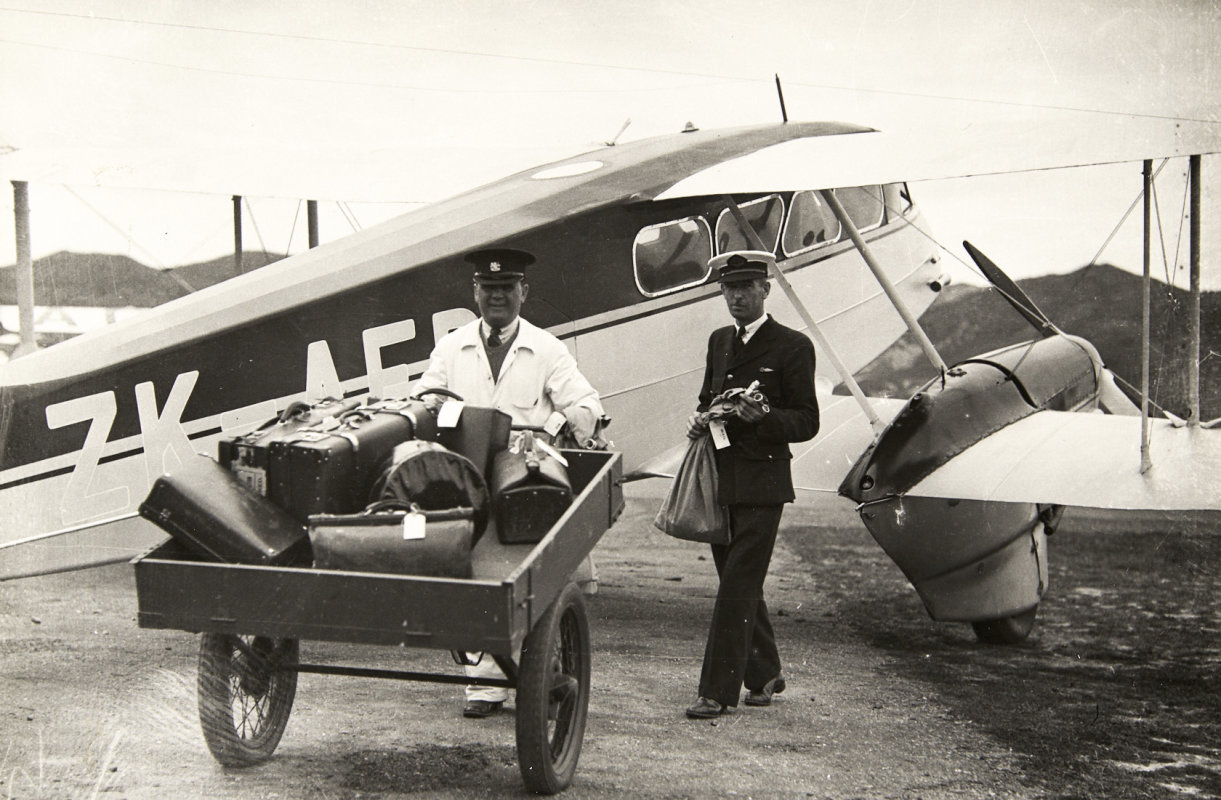
Union Airways, based in Palmerston North and operating initially to Blenheim, Christchurch and Dunedin in 1936
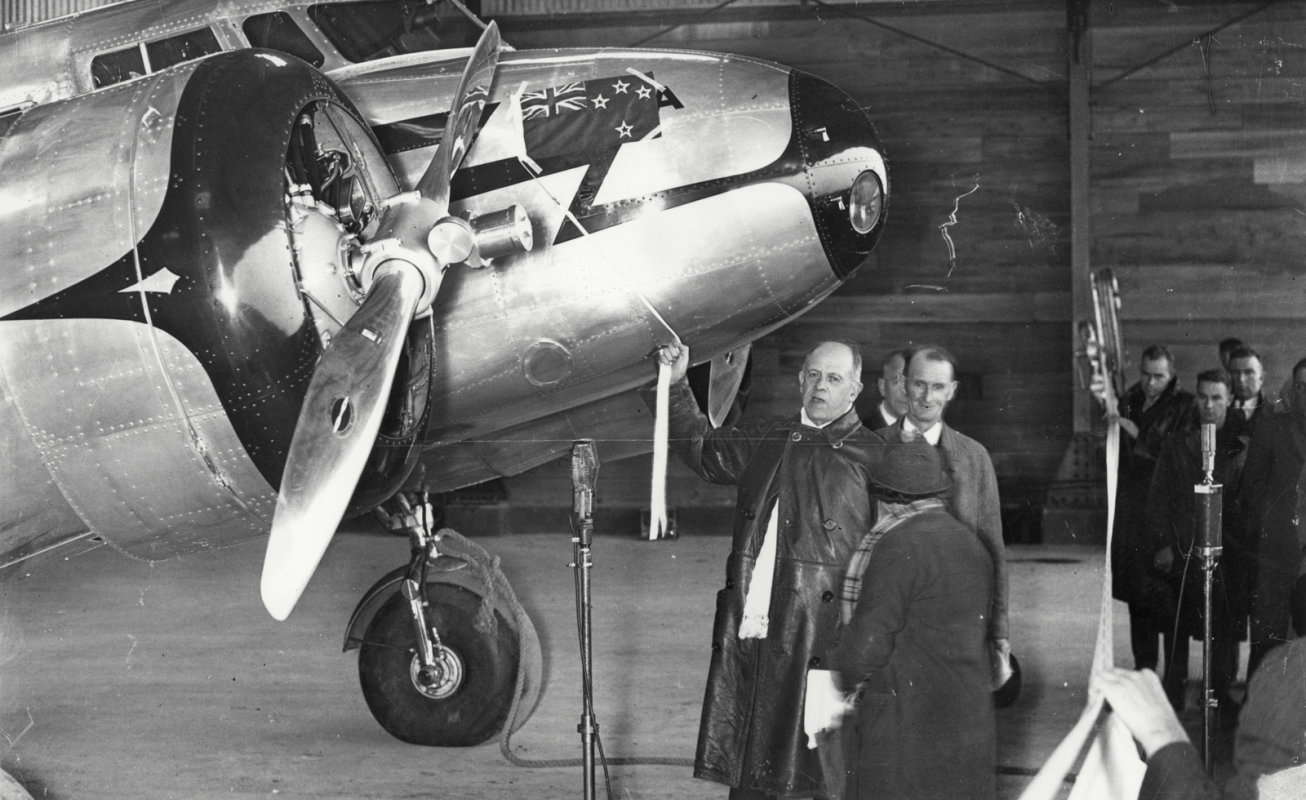
By the time war was declared in 1939, these airlines had established safe and regular services throughout the country and demonstrated the skill of air and ground-based personnel and the reliability of the aircraft involved. Private enterprise expertise, combined with the government provision of much of the costs involved in aerodromes and airways communications, proved a short-term success.
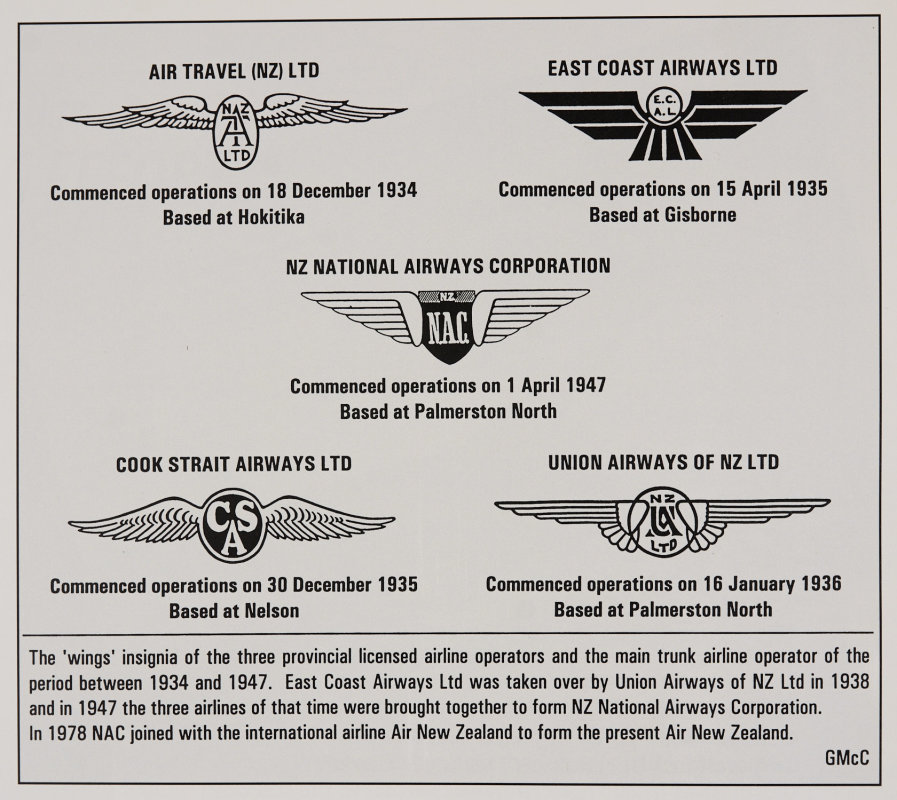
The years of the Second World War, however, saw much of these services run down and taken over by the government. A policy of public control of key services, and recognition of the significant investment of public funds in airport and airways facilities and their maintenance, was seen as ample justification for an air service monopoly.
After much political debate, the New Zealand National Airways Act of 1945 was passed. Implicit in the wording of the act that the airline was to ‘provide services to meet the needs of the people of New Zealand’ was that uneconomic routes would still be operated, subsidised by the profits of the main trunk routes.

Another interesting aspect of the new legislation was for the new airline to operate air services to Fiji and other Pacific destinations, well before the international airline TEAL.
Air Chief Marshall Sir Leonard Isitt was appointed Chairman of Directors in May 1946 and a Board was established, which included members of the airline industry and private enterprise.
Before taking over officially, NAC had two years in which to re-establish air services, a huge challenge for the new Board, management and staff.
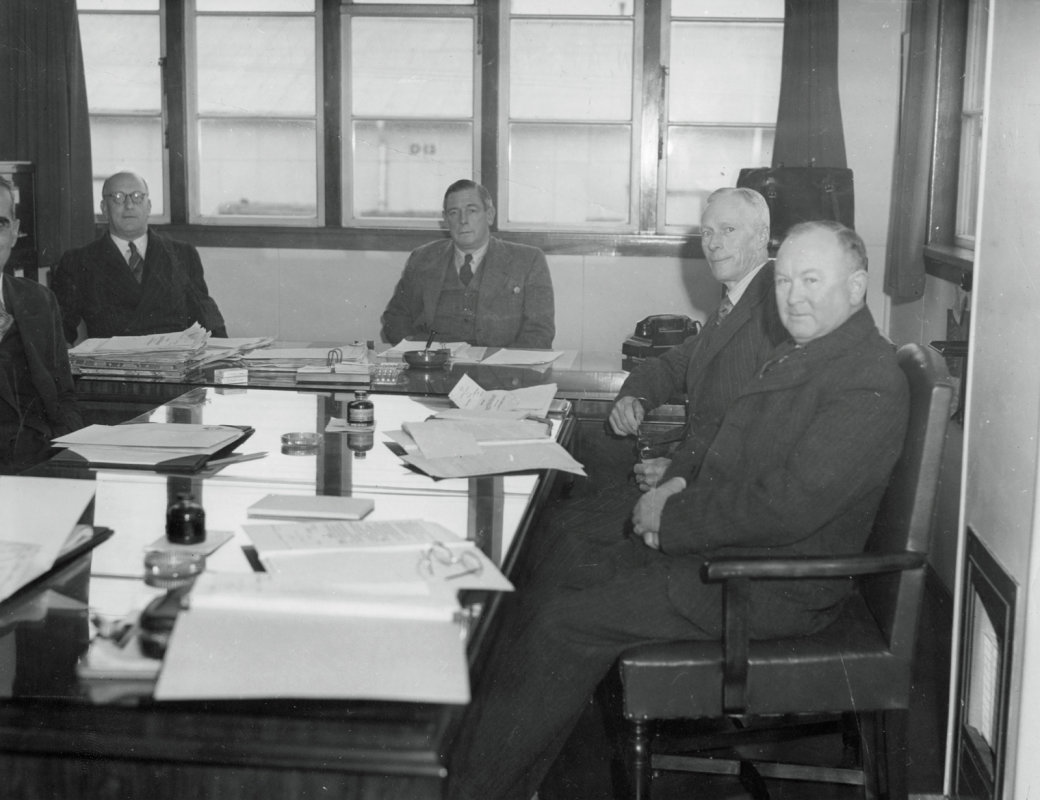
Maurice Clarke was appointed as acting General Manager in September 1945,
Over the next seven years Clarke managed an airline facing many organisational and operational issues, including:
Merging the domestic services previously operated by four airlines within New Zealand, which were carrying one million passengers by December 1951;
Operating and servicing a diverse range of aircraft types. These initially numbered six DH89B Dominies, three Lockheed Electras, five Lockheed Lodestars and one DH60 Gipsy Moth;
Taking over the Pacific Island Regional service to Norfolk Island; Fiji, Tonga, Apia and the Cook Islands previously operated by the RNZAF, carrying 20,884 passengers by 1950;
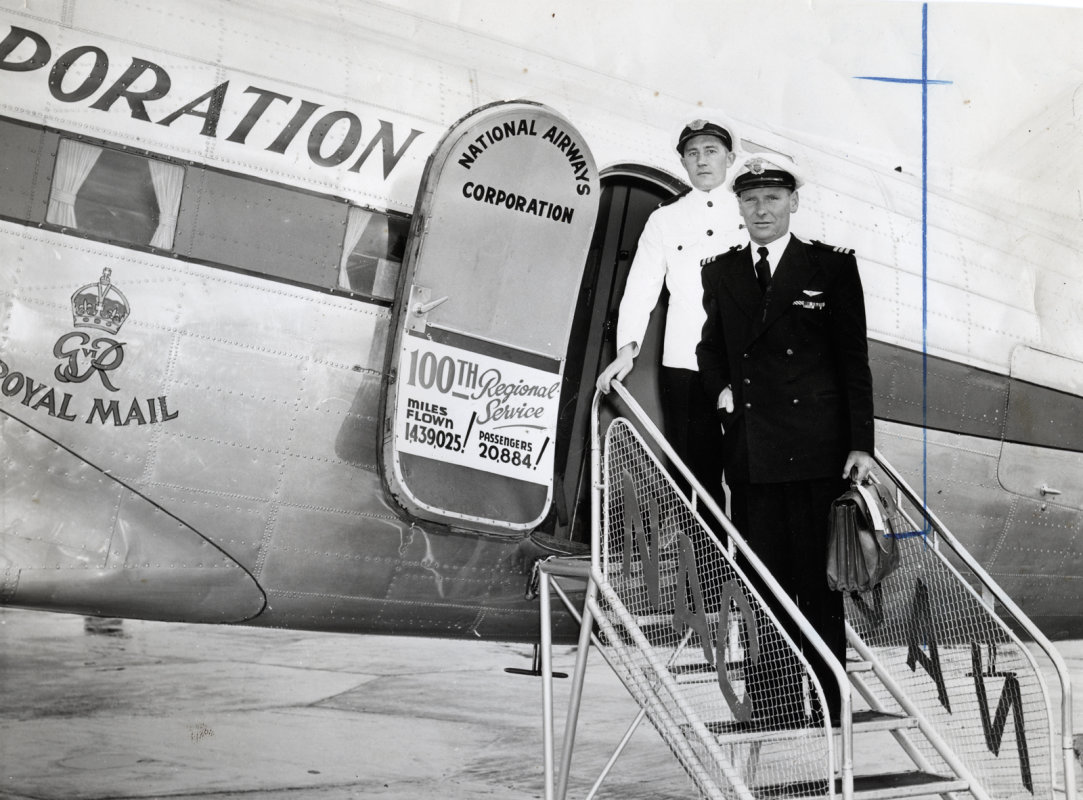
Serving many remote locations both within New Zealand and overseas, whilst having due regard for a profitable if not ‘break even’ operation;
Dealing with opposing political viewpoints on the ownership and operation of the airline;
Early controversy on the merging of NAC and TEAL;
Commencing the rationalisation of the aircraft fleet, including the introduction and modernisation of the DC-3 and introduction of the de Havilland Heron.
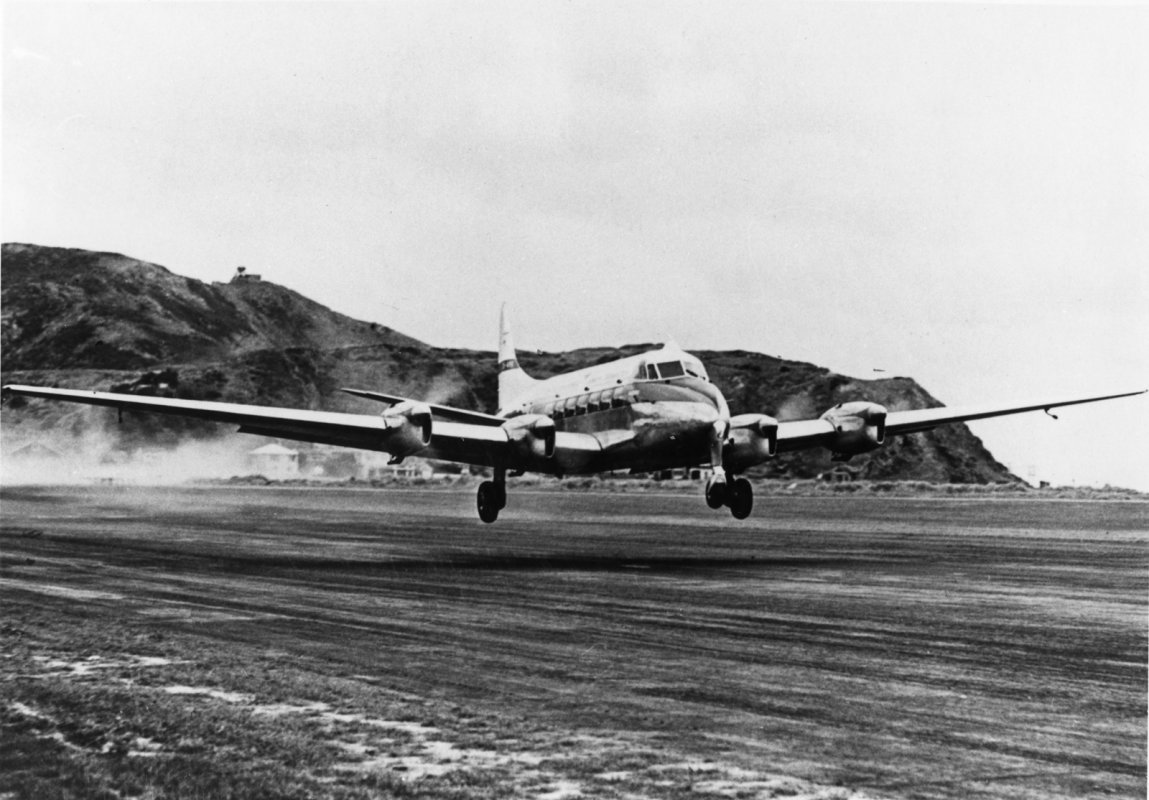
Following a period of disagreement with the direction and policies of the airline’s Board of Directors, Clarke resigned from the airline on 30 September 1952.
Clarke’s involvement with the travel industry continued, however, and he was instrumental in the formation of the New Zealand Holiday & Travel Association.
In 1959 he was appointed by the Meat Producers Board to investigate the airfreighting of
meat, a service that was inaugurated in 1962, following the negotiation of cargo rates, to 40 destinations around the world.
Maurice Clarke can be truly regarded as one of New Zealand’s outstanding commercial aviation pioneers.
From 1935-1952 he played a major role in establishing and managing Union Airways, Tasman Empire Airways and the National Airways Corporation, all forebears of today’s Air New Zealand.
Maurice Clarke died in 1968.
________________________________________________________
References
Waugh Richard with Peter Layne & Graeme O’Connell. 2007. NAC-The Illustrated History of New Zealand National Airways Corporation 1947-1978
Clarke Maurice F. Papers
CITE THIS ARTICLE
Tibbutt, Paul. F. Maurice Clarke – New Zealand Commercial Aviation Pioneer. MOTAT Museum of Transport and Technology. First published: 23 July, 2021. URL www.motat.nz/collections-and-stories/stories/f-maurice-clarke-new-zealand-commercial-aviation-pioneer